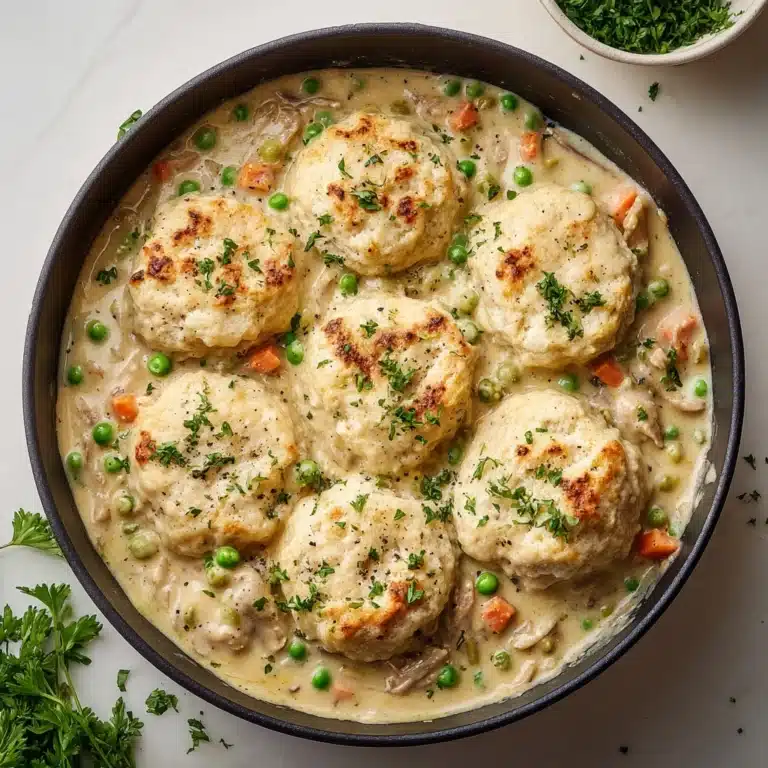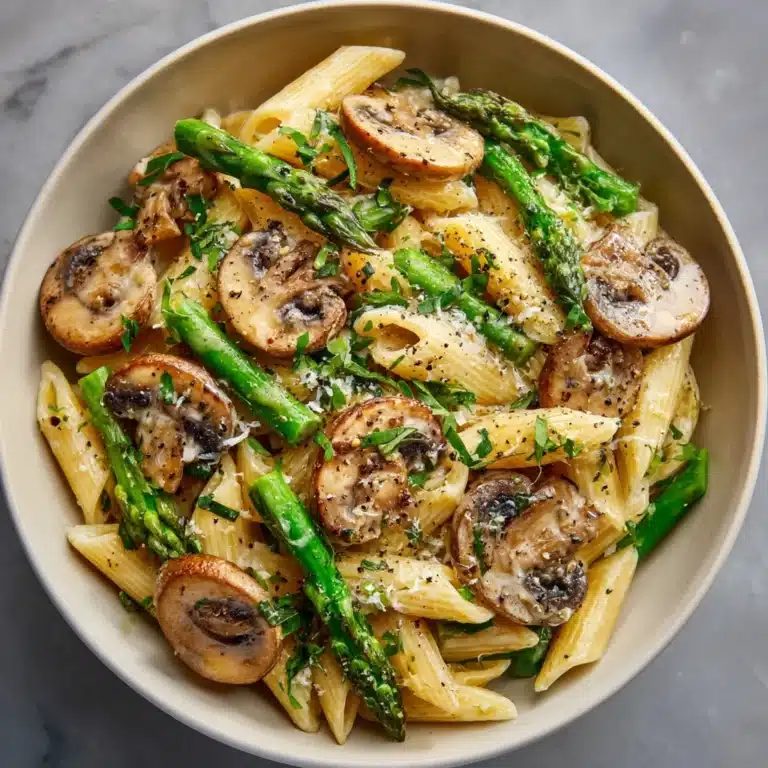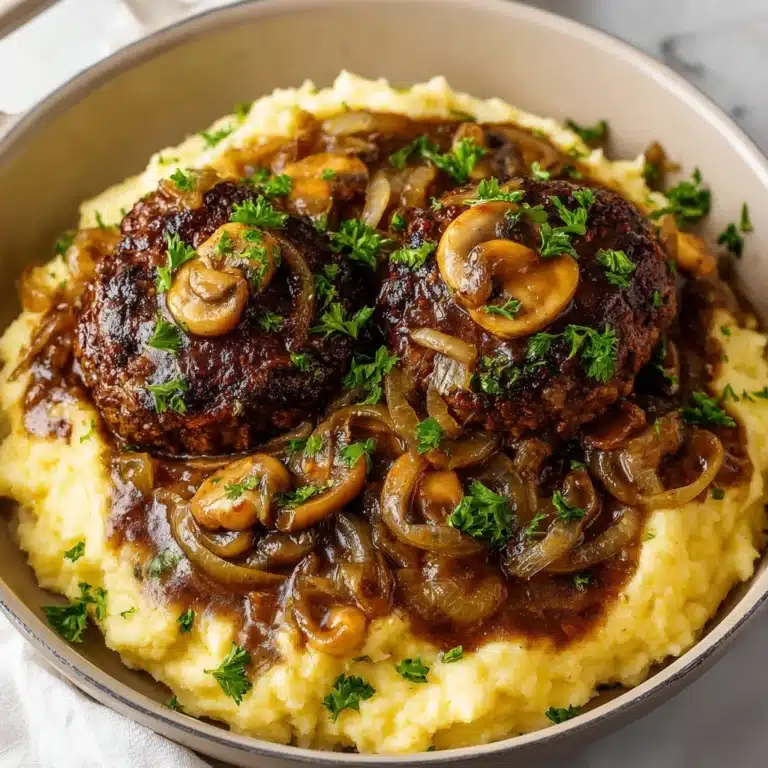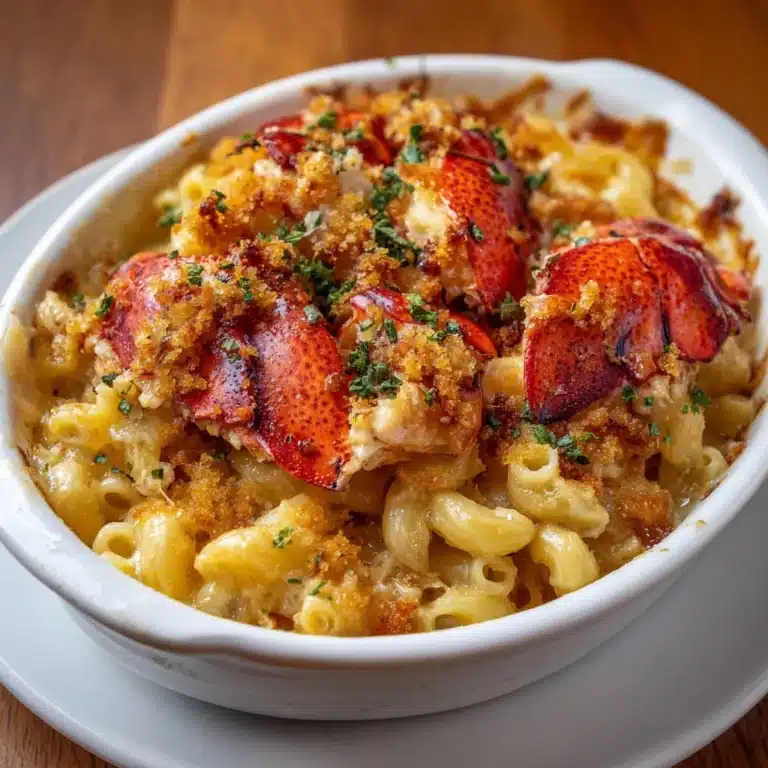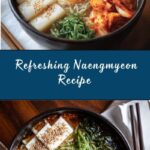Naengmyeon (Korean Cold Noodles) Recipe
Get ready for the ultimate refreshing summer dish: Naengmyeon (Korean Cold Noodles). With its satisfyingly chewy noodles, crisp vegetables, juicy Korean pear, and icy cold, tangy broth, this dish is pure magic on a hot day. My first taste of naengmyeon was a revelation—chilled noodles with a savory, ever-so-slightly sweet broth topped with a rainbow of garnishes. Now I make it every summer, craving that addictive mix of flavors and textures. This is the kind of irresistible, cooling comfort you’ll find yourself wanting all season long!
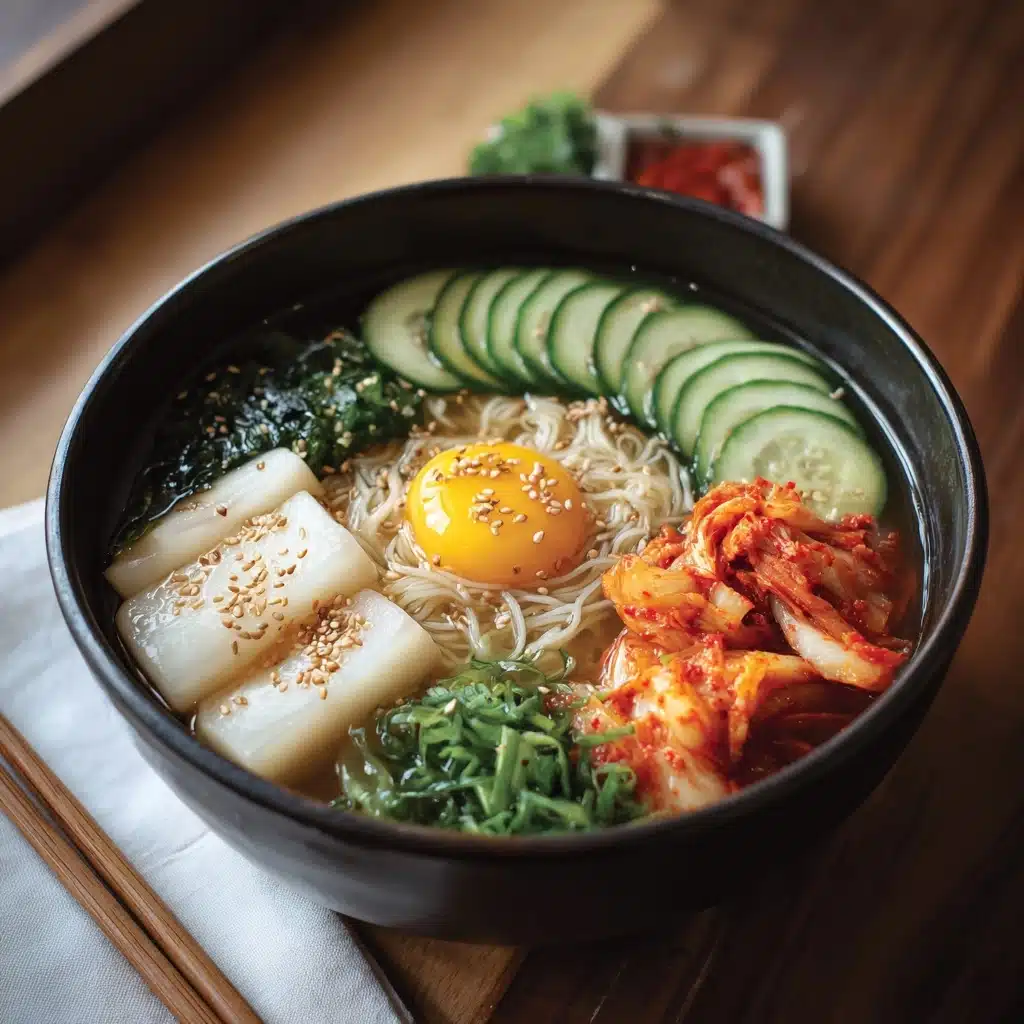
Ingredients You’ll Need
The magic of Naengmyeon (Korean Cold Noodles) really lies in the interplay between a few distinctive, simple ingredients—each chosen for its role in balancing taste, texture, and color. You’ll want to seek out authentic naengmyeon noodles if you can, but the rest of the list features everyday pantry and fridge items ready to transform your kitchen into a mini Seoul noodle shop.
- Naengmyeon noodles: These can be made from buckwheat or sweet potato starch; their addictive springy texture makes all the difference.
- Cold beef broth (or dongchimi broth): This icy, savory broth is the soul of the dish; use dongchimi (radish water kimchi) broth for an extra-refreshing, tangy kick.
- Rice vinegar: A splash brightens and balances the broth, for that addictive sweet-sour finish.
- Sugar: Just a whisper of sweetness elevates the whole bowl; it’s subtle but essential.
- Soy sauce: For that backbone of umami depth; even a teaspoon makes a big flavor impact.
- Korean pear: This classic garnish adds sweetness and crunch—if you can’t find it, crisp apple is a great stand-in.
- Cucumber, julienned: Adds color, fresh crunch, and a cooling vibe that ties in beautifully with the cold noodles.
- Hard-boiled eggs: Creamy yolk and tender white make each bite more satisfying.
- Cooked beef brisket or chuck: Sliced thin, this gives heartiness and savory depth without weighing things down.
- Ice cubes: Not just a gimmick—these keep every slurp chilled until the end!
- Optional mustard paste or extra vinegar: Serve alongside for a bold, tangy kick that Noodle House regulars swear by.
How to Make Naengmyeon (Korean Cold Noodles)
Step 1: Cook and Chill the Noodles
Start by cooking your naengmyeon noodles according to the package instructions—this takes barely ten minutes! The real trick is rinsing them thoroughly under cold, running water once they’re done. Get in there with your hands and gently rub; this washes off excess starch and gives you that beautifully chewy texture. Drain them well, then pop them in the fridge while you prep the rest. You want noodles that are truly, perfectly cold.
Step 2: Prepare the Broth
In a big mixing bowl or a large measuring cup, combine your cold beef broth (or dongchimi, if you’re lucky enough to have it) with rice vinegar, sugar, and soy sauce. Stir, then taste—the broth should be tangy and just a tad sweet. Adjust the seasoning to your liking; don’t be shy! Once you’re happy, put the broth in the freezer for about 30 minutes. You want it icy and slushy, almost like a savory granita.
Step 3: Slice and Prep the Garnishes
While everything chills, go ahead and slice your garnishes. Thinly slice the Korean pear and julienne the cucumber as finely as possible. Halve your boiled eggs, and slice the brisket or chuck as thin as you can—this is where a sharp knife shines! Arrange all the toppings on a plate so you’re ready to build your noodle bowls when it’s showtime.
Step 4: Assemble Your Bowls
Divide those cold noodles between two large serving bowls, making little nests in the center. Pour the icy-cold broth over each bowl and add a few ice cubes for extra chill factor. Top with the sliced beef, Korean pear, cucumber, and half a boiled egg. If you want the full Naengmyeon (Korean Cold Noodles) experience, serve with a dab of mustard paste or a splash of extra vinegar on the side for each person to customize their bowl.
Step 5: Serve Immediately and Enjoy
The texture and flavors are at their peak when everything is frosty and crisp. Call everyone to the table and dive in! Don’t forget to swirl your noodles or snip them with kitchen scissors—a classic Korean touch.
How to Serve Naengmyeon (Korean Cold Noodles)
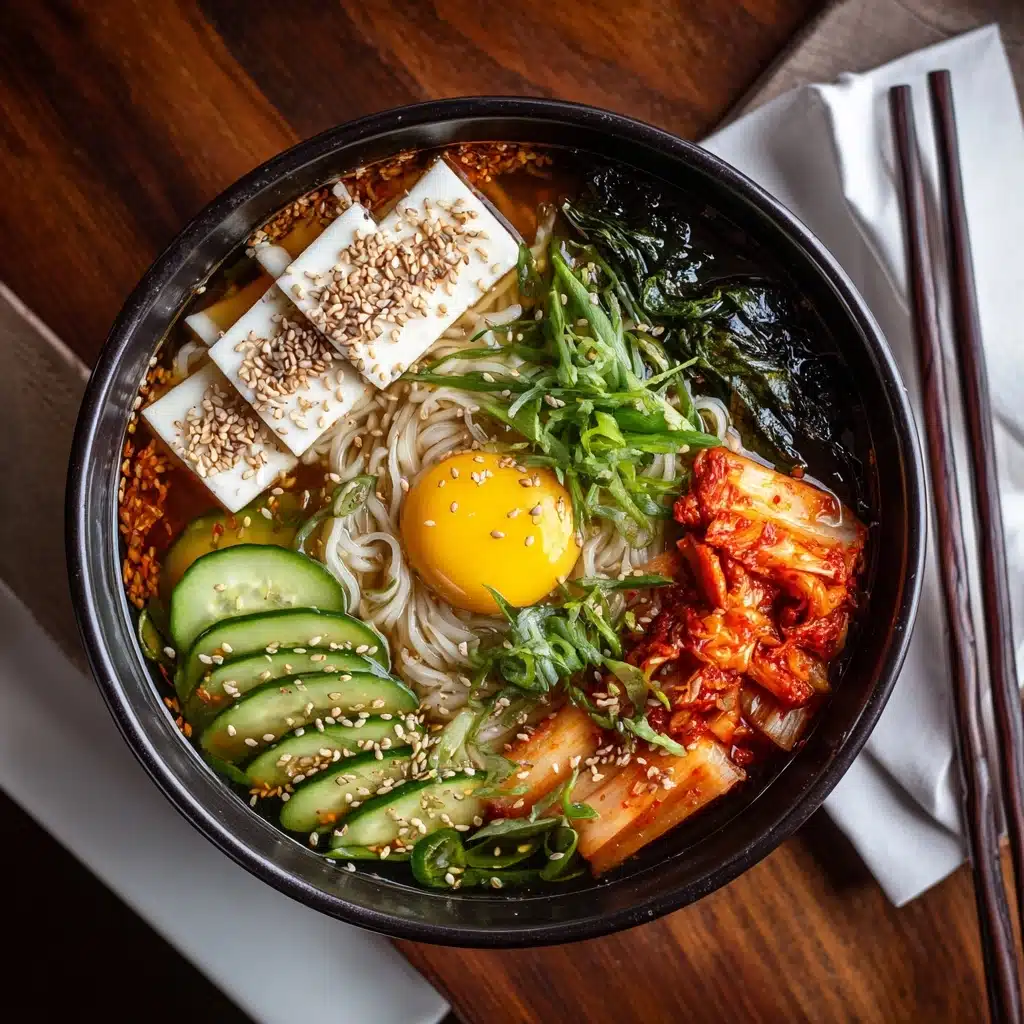
Garnishes
Classic garnishes make Naengmyeon (Korean Cold Noodles) sing—think thinly sliced Korean pear for crunch, cucumber for coolness, half a hard-boiled egg for creaminess, and beautifully tender beef slices for depth. A spoonful of hot mustard paste and a dash of vinegar let everyone adjust their own bowl for just the right balance of heat and tang.
Side Dishes
I love pairing naengmyeon with simple Korean banchan. Kimchi is the obvious choice—its spicy tang plays perfectly with the cold noodles. Add a little pile of pickled radish or a simple green salad with sesame dressing. If you want something warm on the side, a piece of crispy, pan-fried tofu does the trick.
Creative Ways to Present
For a dramatic dinner party effect, serve each bowl with extra ice cubes and delicate herb sprigs like shiso or cilantro. If you’re making a big batch, set up a gorgeous DIY noodle bar: let everyone customize their toppings and spice levels. For a picnic, pack broth in a thermos with ice and assemble noodles at the park!
Make Ahead and Storage
Storing Leftovers
Naengmyeon (Korean Cold Noodles) is best eaten fresh, but if you do have leftovers, store the noodles and garnishes in airtight containers, separate from the broth. This keeps everything from becoming soggy and waterlogged. Don’t forget to reserve any little extras like sliced beef or eggs in separate containers for maximum freshness.
Freezing
While the broth can be frozen in an airtight container for up to one month, freezing the noodles isn’t ideal—they tend to lose their signature chew. Still, if you have extra broth, freeze it in small portions for super quick assembly on a sweltering day.
Reheating
For Naengmyeon (Korean Cold Noodles), forget reheating—these noodles are meant to stay cold! If your broth has been chilling or frozen, just give it a quick stir or let it sit until the texture is slushy and cold. Toss the noodles under an icy rinse for a few seconds if they need reviving, then assemble as usual.
FAQs
Do I have to use Korean pear, or is there a substitute?
Korean pear is the gold standard for naengmyeon (Korean cold noodles)—its honeyed flavor and crispness are hard to beat. If it’s unavailable, a firm, sweet apple (like Fuji or Honeycrisp) works beautifully. Just slice it just as thin for that same fresh crunch!
What’s the best way to get the broth super cold?
Pop the broth in your freezer for 20–30 minutes before serving, keeping an eye on it so it becomes icy but not fully frozen. Tossing in a handful of ice cubes right before serving keeps everything frosty without diluting the flavor. You can even prep the broth a day ahead and store it in the fridge for convenience.
Can I make this vegetarian or vegan?
Absolutely! Swap the beef broth for a savory mushroom or kelp (dashima) broth, and skip the beef and egg garnishes. Load up on extra crunchy veggies—daikon, sprouts, and even a few pickled radishes add amazing flavors. Naengmyeon (Korean Cold Noodles) can be deliciously plant-based.
Are there different types of naengmyeon noodles?
Yes, you’ll find buckwheat-based noodles (me-mil) and sweet potato starch noodles (chewy and translucent). Both are traditional and equally delicious—it’s all about your preferred texture. Buckwheat is nuttier and slightly grainy, while sweet potato gives that classic glassy chew.
Why do people use scissors at the table for naengmyeon?
The noodles are traditionally extra long—so much so that Korean restaurants will often hand you a pair of scissors. Cutting them right in the bowl is practical (and kind of fun!): it helps you get the perfect noodle bite every time, ensuring every twirl is just the right size.
Final Thoughts
If you’ve never tried making Naengmyeon (Korean Cold Noodles) at home, you are in for a seriously cool adventure. Whether it’s your first sweltering July afternoon or a cozy gathering with friends, this dish is a surefire way to refresh and delight everyone at the table. Grab those noodles, go heavy on the ice cubes, and treat yourself to an irresistible chill in every bite!
Print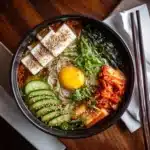
Naengmyeon (Korean Cold Noodles) Recipe
- Total Time: 30 minutes
- Yield: 2 servings 1x
- Diet: Non-Vegetarian
Description
Enjoy a refreshing taste of Korea with this classic Naengmyeon recipe. These cold noodles are perfect for a hot summer day, featuring a flavorful broth and a variety of toppings to create a satisfying meal.
Ingredients
Naengmyeon Noodles
- 14 oz naengmyeon noodles (buckwheat or sweet potato starch)
Cold Beef Broth
- 4 cups cold beef broth (or dongchimi broth)
Broth Seasoning
- 1 tablespoon rice vinegar
- 1 teaspoon sugar
- 1 teaspoon soy sauce
Toppings
- 1 Korean pear thinly sliced
- 1/2 cucumber julienned
- 2 hard-boiled eggs halved
- 4–6 slices cooked beef brisket or chuck
- Ice cubes for serving
- Optional: mustard paste or vinegar for garnish
Instructions
- Cook Noodles: Prepare naengmyeon noodles according to package instructions. Rinse under cold water, drain, and chill.
- Prepare Broth: Mix cold beef broth with rice vinegar, sugar, and soy sauce. Chill in the freezer until icy cold.
- Assemble: Divide chilled noodles into serving bowls. Pour cold broth over noodles, add ice cubes, and top with beef, Korean pear, cucumber, and egg halves.
- Serve: Optionally add mustard paste or vinegar. Enjoy!
Notes
- For authenticity, use dongchimi broth or a mix of beef and dongchimi broth.
- Substitute Korean pear with apple if unavailable.
- Prep Time: 20 minutes
- Cook Time: 10 minutes
- Category: Main Course
- Method: No-Cook (minimal boiling)
- Cuisine: Korean
Nutrition
- Serving Size: 1 bowl
- Calories: 420
- Sugar: 6 g
- Sodium: 780 mg
- Fat: 9 g
- Saturated Fat: 3 g
- Unsaturated Fat: 5 g
- Trans Fat: 0 g
- Carbohydrates: 62 g
- Fiber: 3 g
- Protein: 20 g
- Cholesterol: 110 mg
